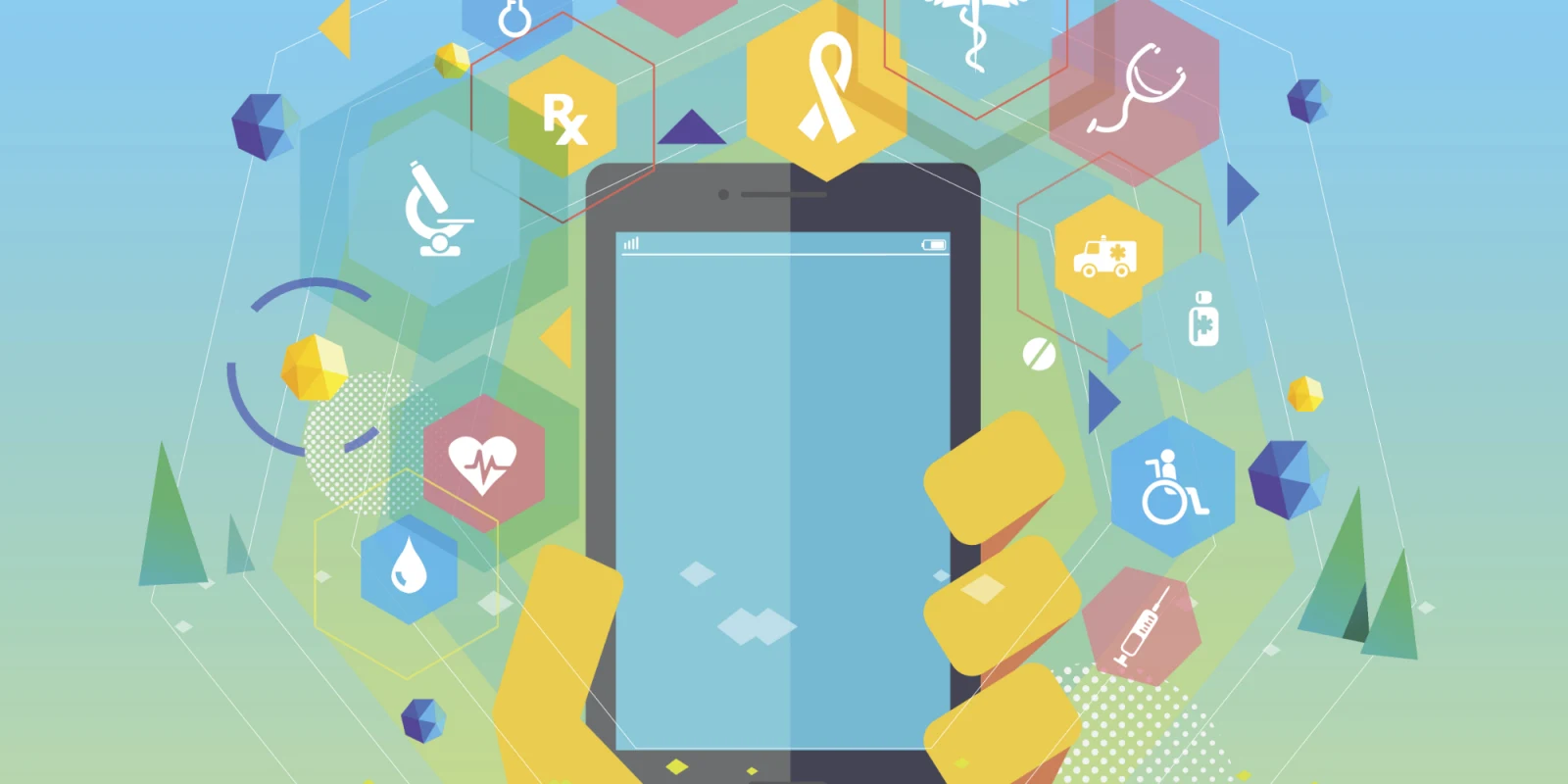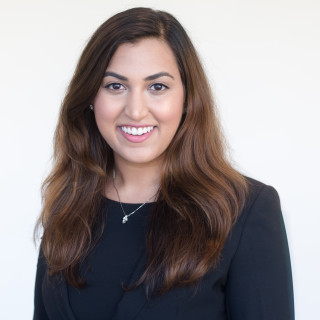
Almost everything can be done through a smartphone — Wi-Fi and handheld technology have become ubiquitous. With a few presses of a button or swipes, we are able to create meetings and messages, organize calendars, create to-do lists, order meals, and so on.
Even with health care, the development of electronic health records (EHRs) have made it possible for many physicians to have their clinics scheduled in advance and available surgical dates are often already cataloged either in the electronic health record or on a scheduling application. Phone calls have become archaic and are increasingly avoided by millennials.
Yet, making a doctor’s appointment by phone still seems to be the norm.
During my third year of medical school, I avoided seeing my primary care provider because of the time I knew it would take to make that appointment. In between long shifts or overnight calls and studying for shelf exams, the last thing I thought about was making a phone call to schedule an appointment with a physician. Having the time to make a phone call during business hours seemed like an impossible luxury.
As a fourth year student, with much more free time, I decided I should be proactive about my own health care before starting residency. I looked up phone numbers to arrange appointments and patiently remained on hold for variable times to speak with an administrator. With elevator music buzzing in the background, it amazed me how this system of scheduling appointments still exists.
Why am I wasting precious minutes over the phone? It could be argued that these calls are required to check insurance coverage and physician availability and ability to provide care. However, I can scan my credit card into my phone and link this information to services through an application. It is not hard to imagine doing the same with my insurance card and an online physician calendar.
With preset schedules for individual providers listed in either an existing electronic health system or a scheduling application, it is interesting that the healthcare industry has not unanimously adopted electronic appointment scheduling.
Although some institutions have begun to incorporate a scheduling extension application, these portal extensions are generally limited to webpages, not user-friendly for smartphone access, and cannot be used to establish care with new providers for recommended consultations or new medical issues.
Future of Electronic Scheduling
We have room to grow, especially in the area of patient convenience, compared to the strides other industries have made with personal technology efficiency. With existing nested algorithms, we can create pathways for patients to navigate establishing care by following queries to select new providers appropriate for their care needs. Health data can be more easily accessed by both providers and patients to improve patient education and empowerment.
Embedding texting-based software on mobile devices can improve communication between patients and providers. It may also reduce unnecessary, and likely, low Relative Value Unit (RVU) generating visits such as reviewing normal lab results or screenings. With these potential advances, patient care can become an ongoing conversation rather than a rare and limited clinical experience.
With the increase in health care costs, an electronic system for patient care coordination can contribute to a more cost-effective and time-efficient system. The opportunities for application-based reminders for scheduled appointments, follow-up care, and after visit instructions are endless. The ability for patients to access medical records and results following admissions or other outpatient care through their mobile device can vastly improve continuity of care between providers. Creating scheduling efficiency with existing technology can improve patient adherence and longitudinal follow-up, leading to a more cost-effective and potentially healthier patient-provider ecosystem.
Shree Agrawal is a fourth year medical student at Case Western Reserve University, where she also completed her BS degree in biology. She is passionate about research surrounding patient decision-making and is applying for urology residency this fall. Shree has recently completed a clinical research fellowship in genitourinary reconstruction at the Glickman Urological and Kidney Institute at Cleveland Clinic and currently blogs for Doximity and the Association of Women Surgeons. In her free time, she enjoys boxing, practicing yoga, and cooking. She is a 2018-2019 Doximity Author. Twitter: @ShreeAgrawal21







